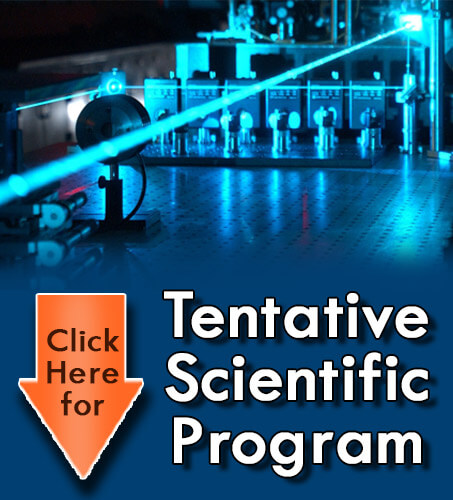
Biography
Biography: Manuela G Neuman
Abstract
The interplay of alcohol with drugs includes multiple facets. These include the effects of alcohol on the effects of other hepatotoxicants and on the pharmacological effects of various drugs. Also relevant is the possible role of alcohol on the effects of carcinogenic agents. Less striking, but significant, are the effects of other drugs on the effects of ethanol. More difficult to identify but presumably significant, are the effects of alcohol-drug interplay on the development of an alcoholic liver disease. A common denominator of them is the role of ethanol-induced P-4502E1 (CYP2El) in affecting the toxicity of some hepatotoxicants and the effects of some drugs. Less prominent but also relevant is the effect of interplay with alcohol dehydrogenase and aldehyde dehydrogenase in the toxicity of some drugs. Alcohol has been shown to be responsible for cirrhosis in the 18th century and was labeled a hepatotoxin in the 19th century. During the second half of the 20th century alcohol has been recognize to enhance the toxic effect of other hepatotoxic agents such as acetaminophen, aflatoxin B1, allyl alcohol, bromobenzene, cocaine, enflurane, galactosamine, halothane, isoniazid, nitrosamines, thioacetamide, vinyl chloride and vitamin A. The toxicity of several hepatotoxicants is unaffected and of at least one, amanitine, is decreased by ethanol. The effect of ethanol on the toxicity of carbon tetrachloride and acetaminophen have been studied most extensively. The enhancement of toxicity by ethanol does not depend on an ethanol-induced hepatic injury but rather on the activity of the cytochrome P450 2E1 that converts the respective toxicants to their active metabolites. Nevertheless, inhibition by ethanol of regenerative response to injury may contribute to an enhancement of toxicity by ethanol. The toxicity produced by ethanol may have a bearing on the liver disease of alcoholism as well as on the toxicity and carcinogenicity of individual toxicants.

